What is the most gorgeous location on the face of the planet? Even though compiling a list of the world’s most beautiful locations is an impossible endeavor due to the fact that it is fundamentally subjective, we’d like to believe that this list at the very least touches the surface of some of the remarkable beauty the globe has to offer.
Our list, which is mostly comprised of national parks, mountains, beaches, deserts, and other natural marvels, is guaranteed to provide inspiration for your next ideal vacation location. In this documentary, we will take you on a tour to some of the most beautiful sites on the planet, from temple ruins on the Andean slopes to mountains covered in dizzyingly bright layers of color to magnificent coral reefs.
Mount Fuji, Japan
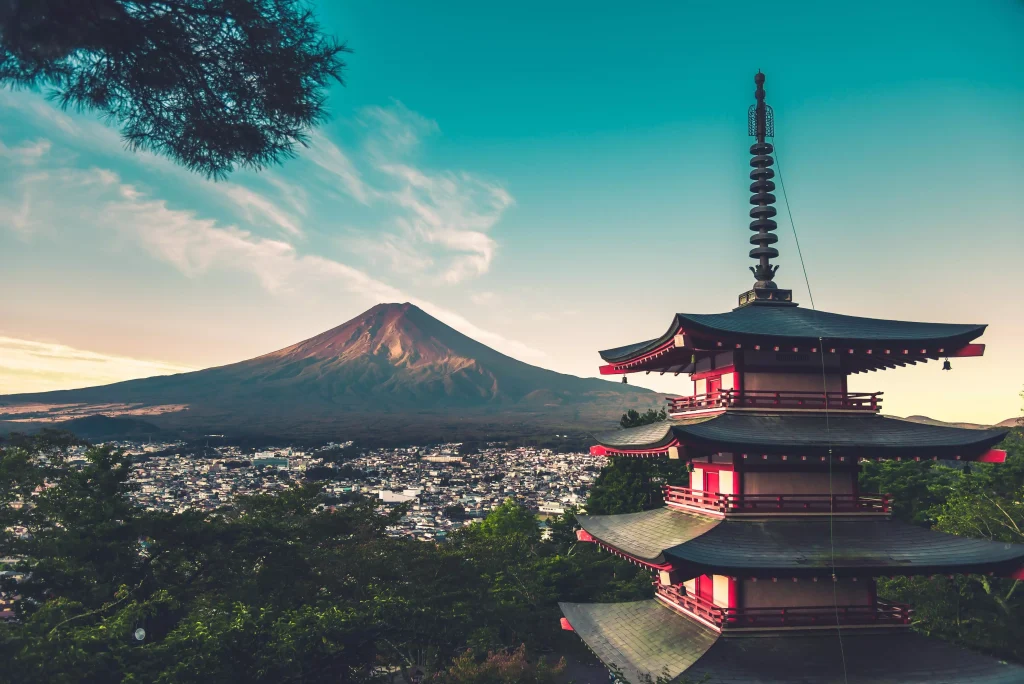
Mount Fuji is one of the world’s most spectacular vistas, being both an active volcano and a symbol of peace and tranquility.
You may trek to the peak of the holy landmark to see the dawn, or you can just gaze at it from Lake Kawaguchi and other locations in the gorgeous Five Lakes area. If you visit the resort town of Hakone in winter, you may enjoy crisp Fuji vistas while also relaxing in the hot springs.
Maroon Bells, USA
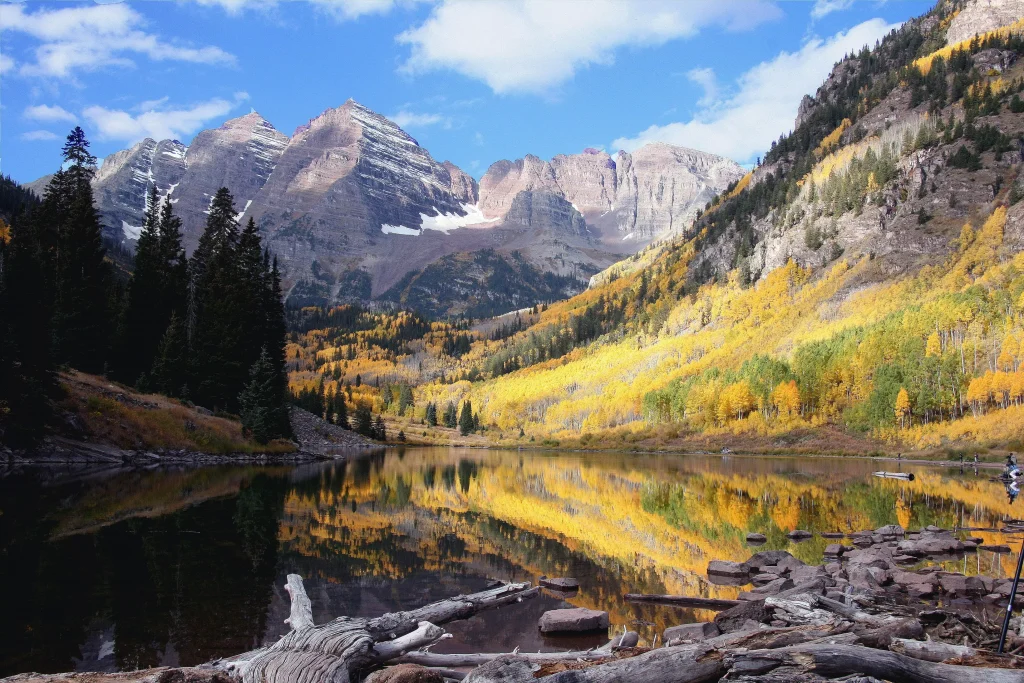
These two 14,000-foot peaks in Colorado’s Elk Mountains, which are only about 10 miles from Aspen, are mirrored in crystal-clear Maroon Lake, which is nestled in a glacial basin. The Maroon Bells are a popular tourist destination because of their proximity to Aspen.
They are the jewels in the crown of the Rocky Mountains, and they are by far one of the most photographed sights in the United States of America.
Trying to decide when the timeless beauty of these two sentinels reflected in the lake is most striking: in the summer, when every hiking trail takes you through fields of wildflowers, in the fall, when tall aspen trees dazzle with a rainbow of fall colors, or in the winter, when snow and ice silence the world, it’s difficult to tell.
The greatest picture chances may be found on one of the numerous hiking paths, which are difficult to reach by motor vehicle. The lake is famous among fly-fishing enthusiasts since, even if they don’t catch anything, the natural beauty that surrounds them is enough to keep them entertained.
Milford Sound, New Zealand

According to the New Zealand Department of Conservation, Milford Sound is the crown gem of New Zealand’s Fiordland National Park, which is the biggest of the island nation’s 14 national parks and the most visited of them all.
After starting in a small settlement, also known as Milford Sound, the fjord winds its way through a beautiful, green landscape for over 10 miles (16 kilometers) until opening into the Tasman Sea, which separates Australia and New Zealand.
Milford Sound, which is surrounded by towering steep cliffs and high mountain peaks, some of which reach to heights of 3,940 feet (1,200 meters), is a one-of-a-kind habitat in the world. In addition to being one of the wettest areas on the planet, it receives an estimated average annual rainfall of 22 feet (7 m).
Mosses, lichens, and ferns thrive in moist environments and proliferate in large quantities. The beech (Nothofagus sp. ), an iconic tree of the Southern Hemisphere, is abundant, but so are other trees such as the podocarp (Podocarpus sp. ), or native conifer, and the kahikatea (Dacrycarpus dacrydioides), or white pine, which can grow to heights of 196 feet and can be found in abundance throughout the region (60 m).
Certianly a scenic spot. Ferns, on the other hand, are among the most prevalent plants in Milford Sound. In the ecosystem, many fern species thrive, notably the silver fern (Alsophila dealbata), which is another of New Zealand’s most iconic plants and one of the country’s most endangered.
Milford Sound, like other fjords, was created as a consequence of glacial action that occurred over a period of several million years, which is typical of fjord formation.
As the glaciers formed, rushing down from the Southern Alps mountain range on New Zealand’s South Island, they carved huge swaths into the surrounding terrain. During warmer eras, the glaciers receded, resulting in the formation of the fjord’s distinctive geology and layout.
Grand Canyon
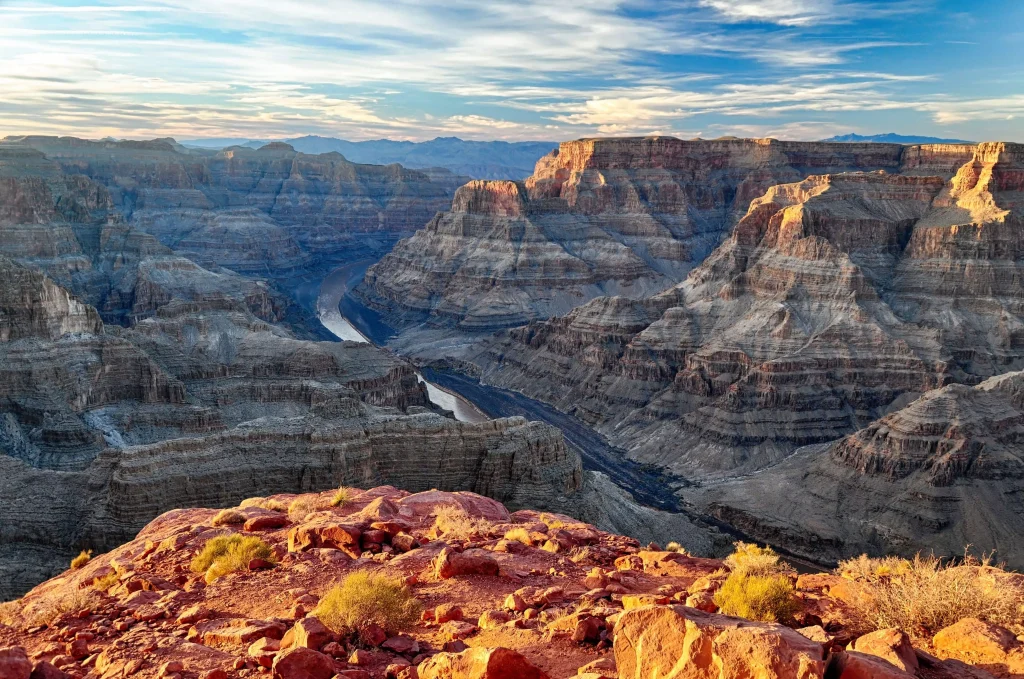
The Grand Canyon, located in Arizona, is a natural structure marked by stratified bands of red rock that, when cut cross-sectionally, show millions of years of geological history.
The canyon is massive in scope, measuring an average of 10 miles broad and a mile deep across its 277-mile length. A large portion of the region is designated as a national park, containing white-water rapids on the Colorado River and expansive panoramas.
Salar de uyuni
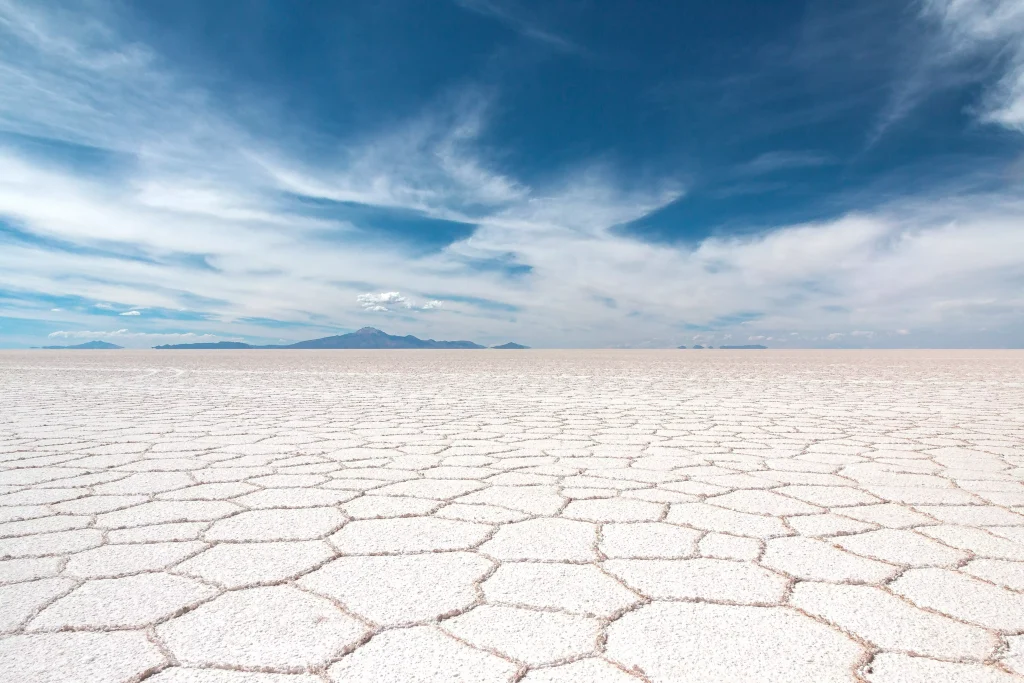
Salar de Uyuni is the world’s biggest salt flat, located in the Andes mountains of southwest Bolivia. It’s the result of an ancient lake that dried up, leaving behind a desert-like environment of bright-white salt, granite formations, and cactus-studded islands covering roughly 11,000 square kilometers.
The island’s surreal immensity can be seen from the island’s core area, Incahuasi. Despite the fact that fauna is scarce in this particular habitat, it is home to a large number of pink flamingos.
Machu Picchu
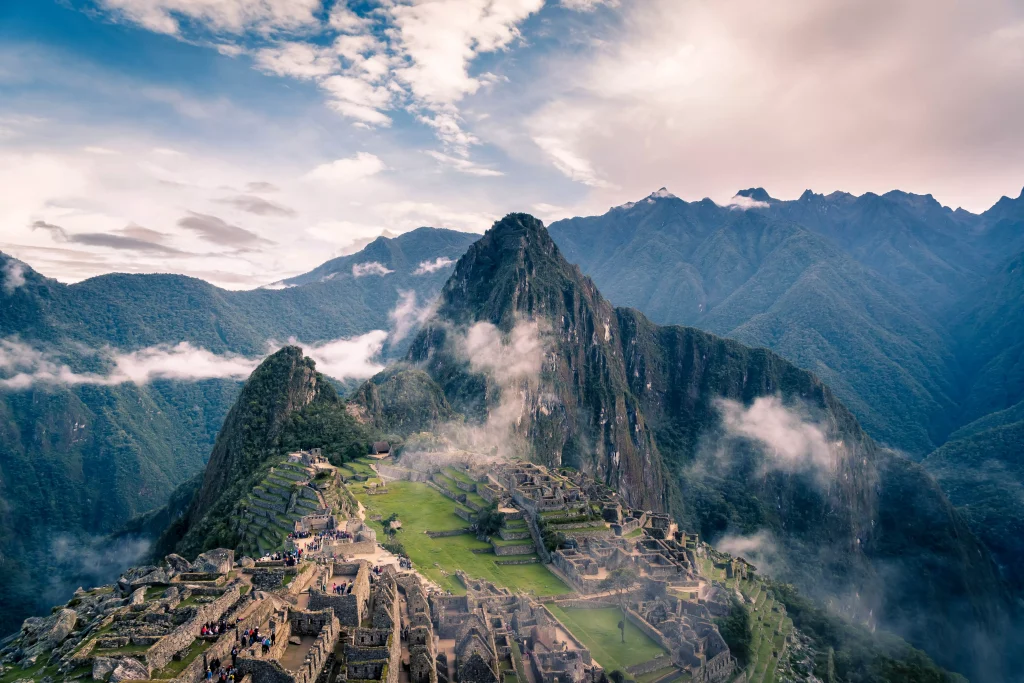
Machu Picchu is an Incan citadel located high in the Andes Mountains of Peru, above the Urubamba River basin. It was built by the Incas about 1450.
Buildings that play on astrological alignments, intricate dry-stone walls that fuse large blocks without the need of mortar, and panoramic vistas are just a few of the attractions at this abandoned fortification built in the 15th century. Its precise previous function is still a mystery.
Plitvice lakes
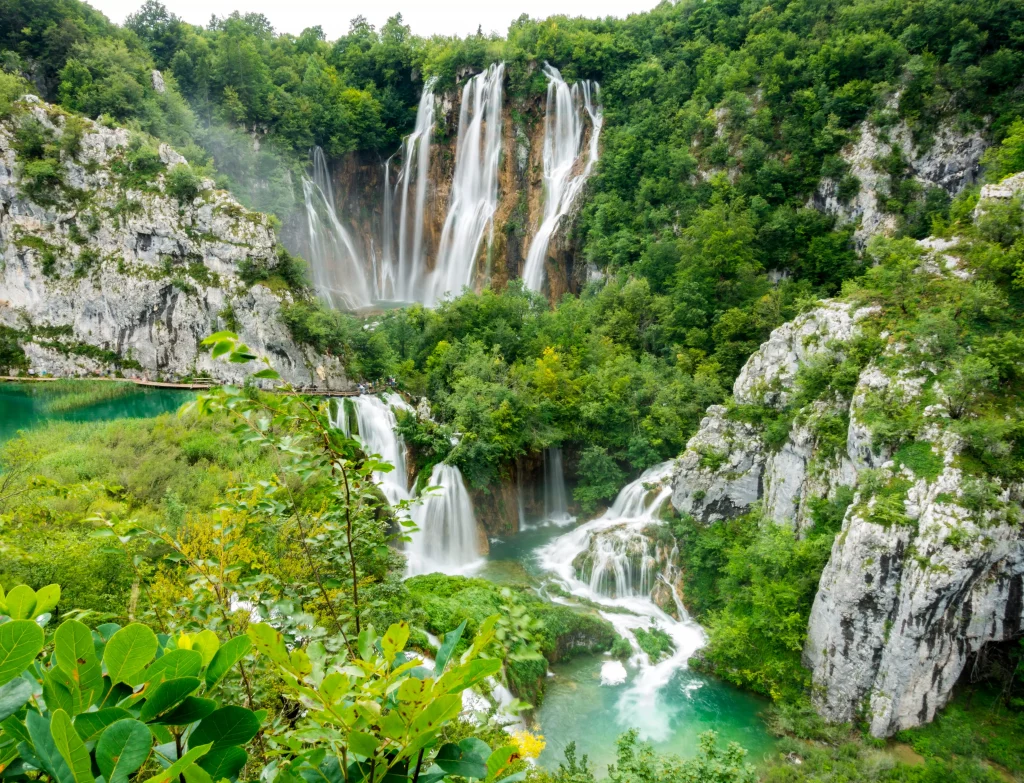
Plitvice Lakes National Park is a 295-square-kilometer forest reserve in the heart of Croatia’s countryside. Known for a series of 16 tiered lakes connected by waterfalls that stretch into a limestone canyon, it is a popular tourist destination.
There are walking and hiking routes that loop around and over the water, and an electric boat that connects the 12 upper and 4 lower lakes is also available. The latter are home to Veliki Slap, a waterfall with a height of 78 meters. One of the more prettiest places.
Moraine lake
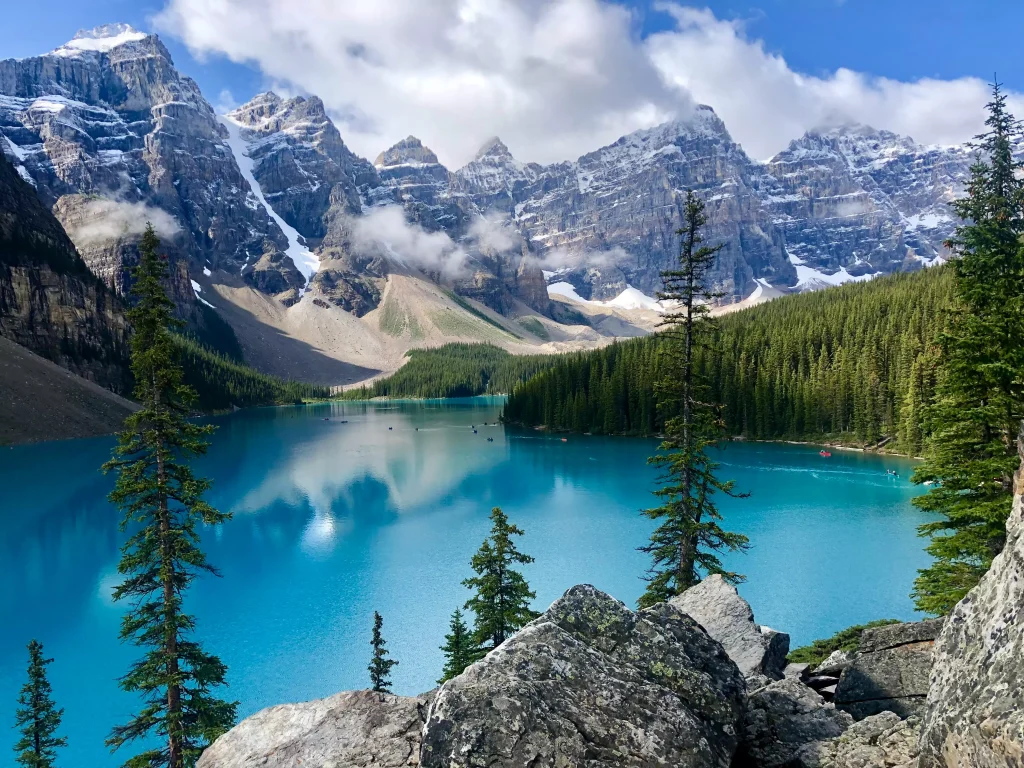
Moraine Lake is a glacially fed lake in Banff National Park, Alberta, Canada, 14 kilometers outside the municipality of Lake Louise. It is the largest glacially fed lake in the world. It is located at a height of roughly 1,884 metres above sea level in the Valley of the Ten Peaks. The lake has a surface size of 50 hectares and is located in the mountains.
Amalfi Coast
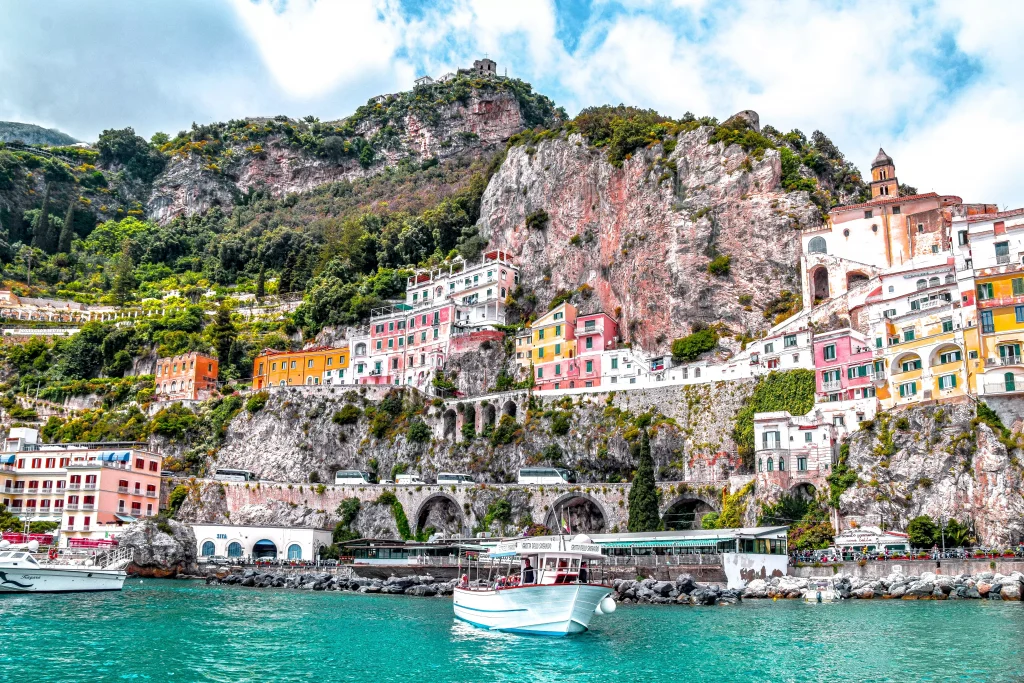
Amalfi Coast is a 50-kilometer length of coastline at the southern border of Italy’s Sorrentine Peninsula, in the Campania region, that is known for its beauty and history.
Because of the towering cliffs and the craggy coastline, which is punctuated by little beaches and pastel-colored fishing communities, it is a popular tourist attraction. While traveling from the port city of Salerno to the clifftop town of Sorrento, the coastal route passes through elegant homes, terraced vineyards, and citrus orchards.
Bora Bora
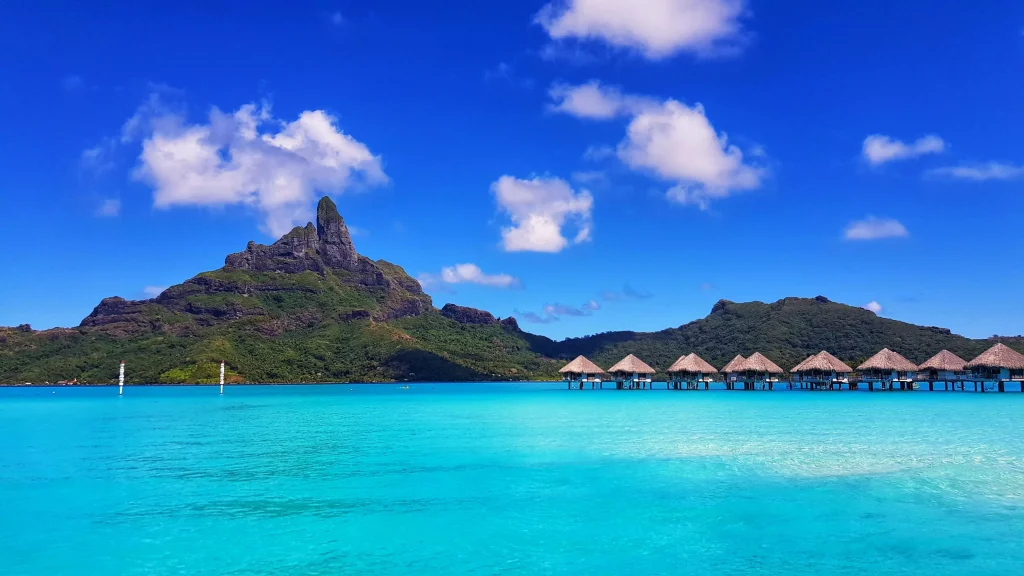
Bora Bora is a tiny island in the South Pacific, northwest of Tahiti, in the French Polynesian territory of Polynesia. It is famous for its scuba diving since it is surrounded by sand-fringed motus (islets) and a blue lagoon that is protected by a coral reef.
On top of that, it’s a popular luxury resort location where some of the guest bungalows are set on stilts over the lake. Mt. Otemanu, a dormant volcano rising to 727 meters above sea level, dominates the island’s center. A great Ocean Road and white sandy beaches garantue breathtaking views. An excellent spot for a sea vacation.
Great Barrier reef
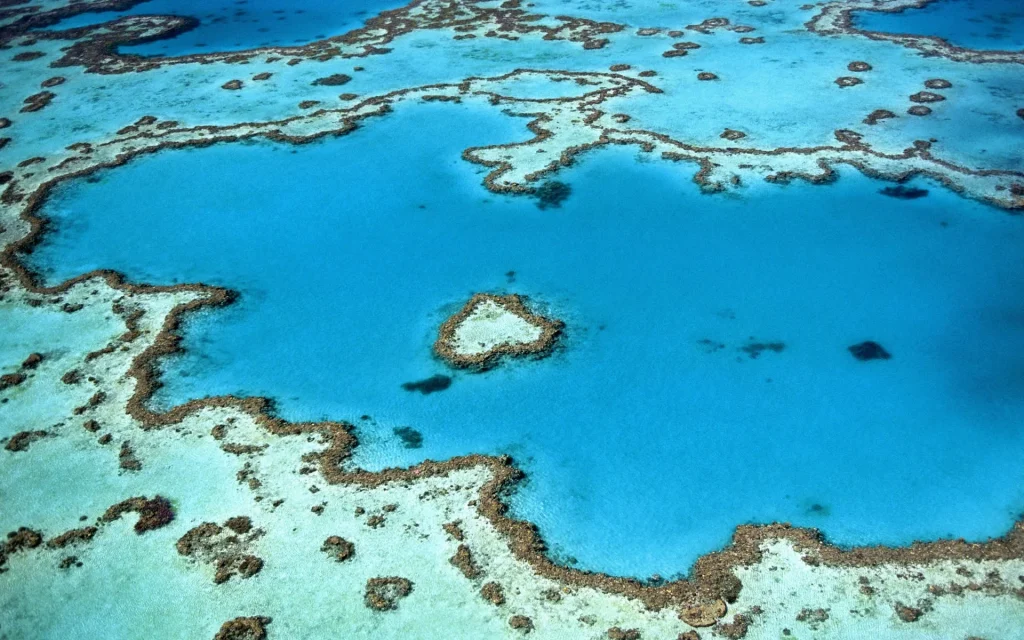
There are over 2,900 individual reefs and 900 islands that make up the Great Barrier Reef, which stretches over 2,300 kilometers and covers an area of approximately 344,400 square kilometers.
The Great Barrier Reef is the world’s largest coral reef system, consisting of more than 2,900 individual reefs and 900 islands. One of the more memorable scenic spots.
Vitoria Falls
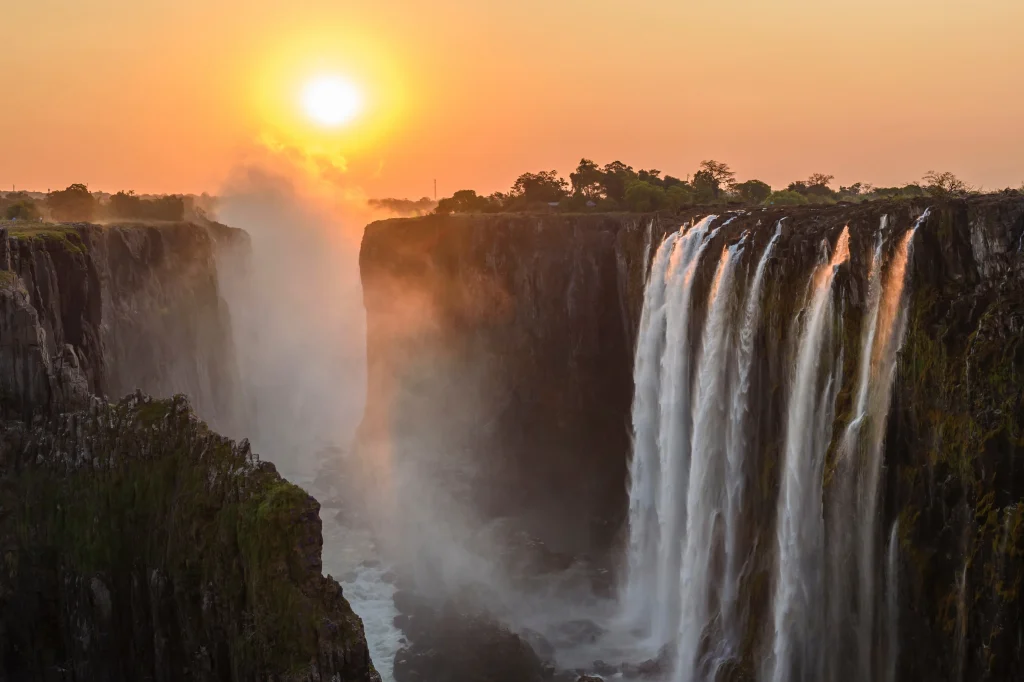
Victoria Falls is a waterfall on the Zambezi River in southern Africa that serves as a home for various endangered species of plants and animals.
It is the world’s largest waterfall. It is situated on the border between Zambia and Zimbabwe and is one of the world’s greatest waterfalls, with a breadth of 1,708 meters, making it one of the world’s most impressive natural wonders.
Torres del Paine National Park
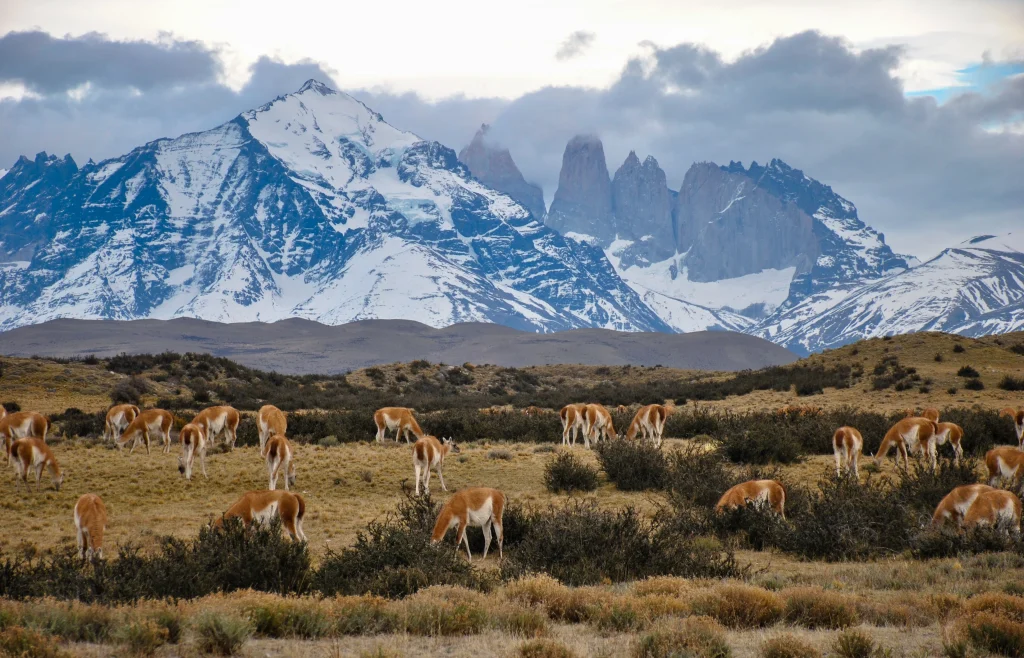
Torres del Paine National Park, in Chile’s Patagonia region. This national park, located in Chile’s Patagonia area, is famed for its towering mountains, vivid blue glacial icebergs that break away from glaciers, and golden pampas (grasslands) that are home to uncommon fauna such as guanacos, which resemble llamas in appearance.
There are many prominent features in the park, including three granite towers that give the park its name and the horn-shaped mountains known as the Cuernos del Paine. A lot of fun things to do.
Blue Ridge Parkway
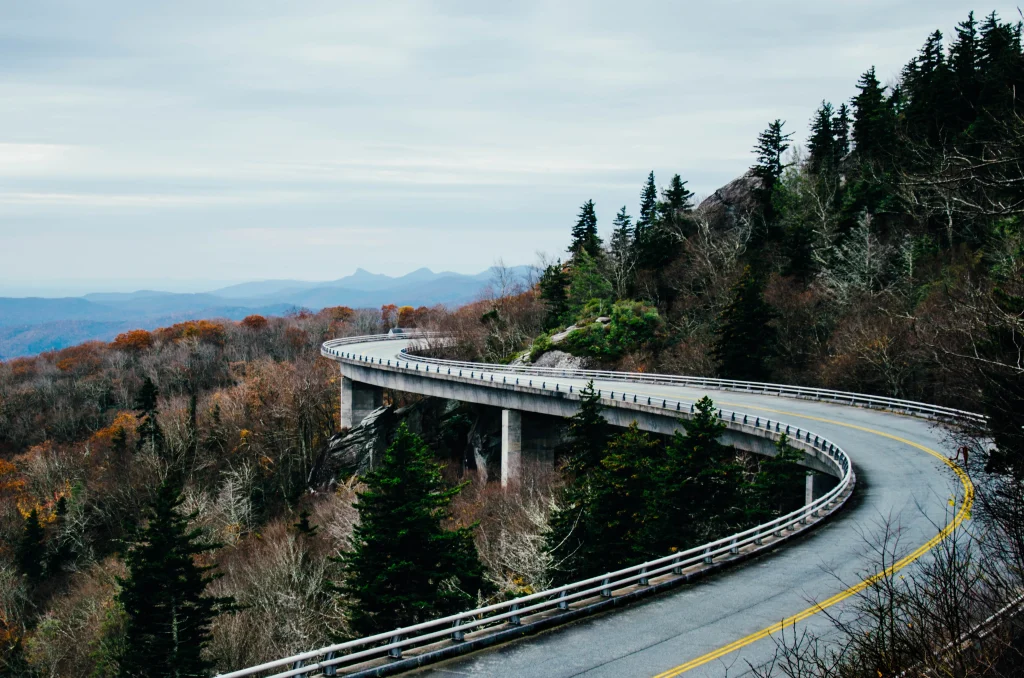
Located in the United States, the Blue Ridge Parkway is a National Parkway and an All-American Road that is known for its magnificent splendor.
The parkway, which is the world’s longest linear park, stretches for 469 miles across 29 Virginia and North Carolina counties, connecting Shenandoah National Park and Great Smoky Mountains National Park. It was dedicated in 1988.
Niagara Falls
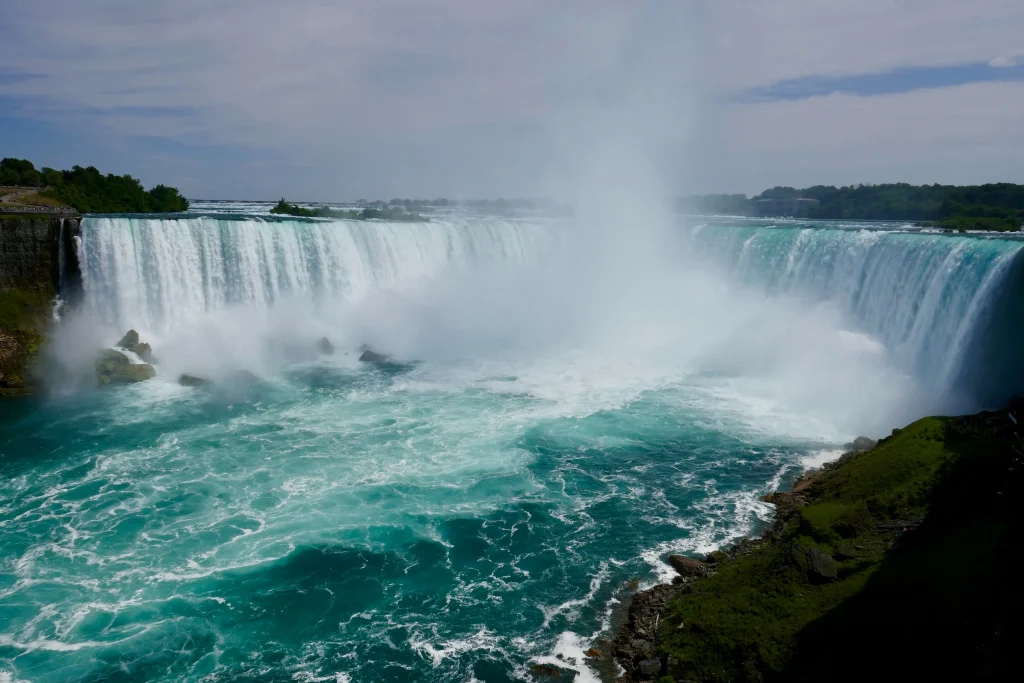
Niagara Falls is a collection of three waterfalls located at the southern end of Niagara Gorge, crossing the boundary between the province of Ontario in Canada and the state of New York in the United States. Niagara Falls is a popular tourist destination in both Canada and the United States.
Railay West
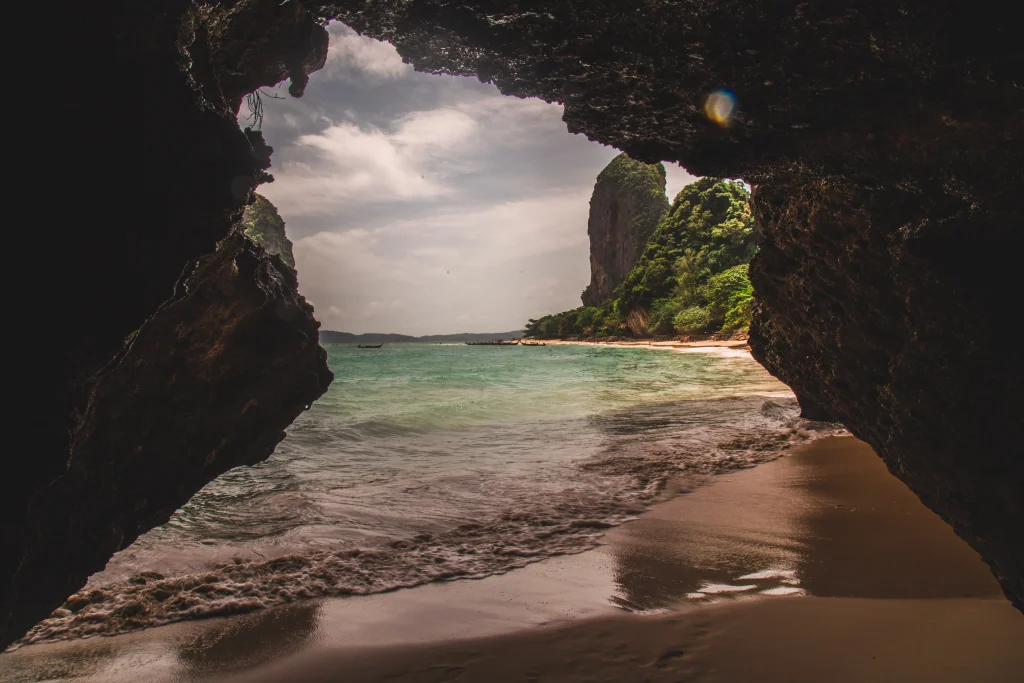
Located in Railay West, this is the primary beach in the area. In addition to excellent soft sand on a 600-metre-long, somewhat broad beach, it also has a small but welcoming population of natives and expats who operate convenience shops (convenience, beachwear, handicraft), pubs, and restaurants on Railay Walking Street, the peninsula’s principal ‘port of arrival’.
Following the Walking Street, you’ll find yourself on a route that runs directly across the peninsula, bridging Railay West and Railay East while passing through scores of modest homes strewn across the region. It is possible to stroll down the beach at Railay East and along the foot of the cliffs to Phra Nang Beach as an alternative (About 15 minutes).
Four hotels are also settled directly on Railay West beachfront: Railay Village Resort & Spa, Railay Bay Resort and Spa, Sand Sea Resort, and Rayavadee Resort.
Yellowstone National Park
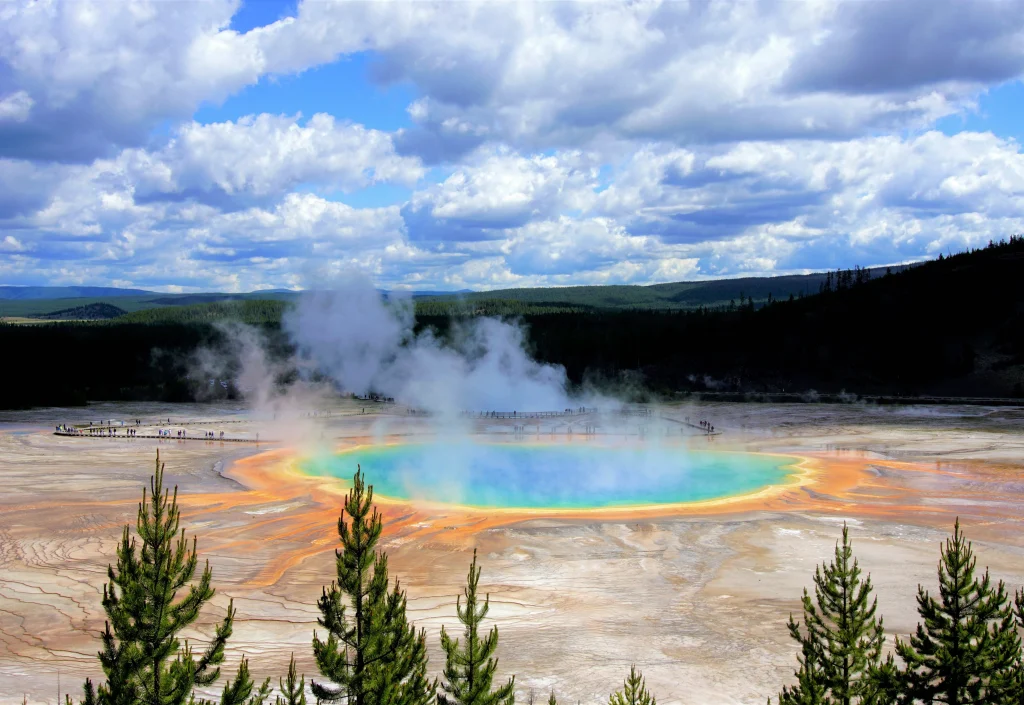
On the list of many 25 most beautiful places in the world. Yellowstone National Park is an approximately 3,500-square-mile wilderness recreation area perched above a volcanic hot point that has been active for thousands of years.
The park is mostly located in Wyoming, although it also includes portions of Montana and Idaho. Yellowstone National Park is home to stunning canyons, alpine rivers, lush forests, hot springs, and erupting geysers, including the world-famous Old Faithful, among other attractions.
Aside from that, it is also home to hundreds of animal species such as bears, wolves, bison, elk, and antelopes.
Matira Beach
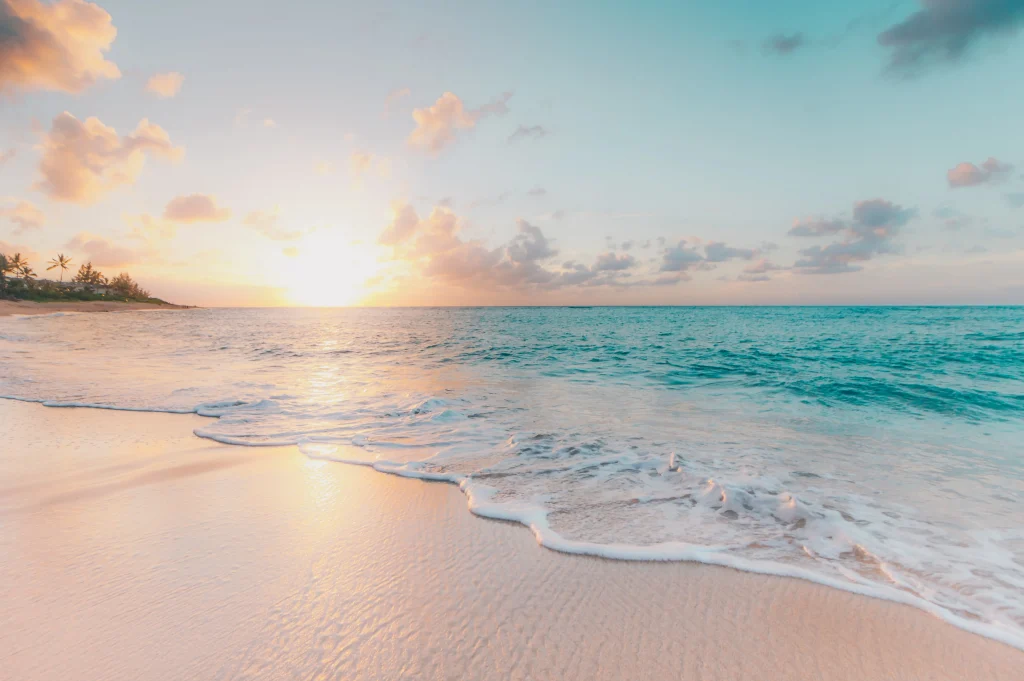
Just a short drive from the airport will get you to Matira Beach. Given that Matira Beach is the biggest public beach on the island of Bora Bora, it is immensely popular with tourists.
Despite the fact that the water is crystal-clear, the beach is soft and downy. Matira Beach is also surrounded by resorts, stores, and restaurants, making it a handy location to spend the majority of the day.
The beach has received nothing but excellent feedback from visitors and residents alike. Most people remark on how clear the water is and how infrequently the coastline is crowded, making it the ideal location for some rest and relaxation.
However, you should reserve your snorkeling for another beach since the shallow seas aren’t the ideal for observing marine life. If you don’t have time to spend the whole day at the beach, many people believe that the sunsets are at the very least worth seeing.
Garden of the Gods

Garden of the Gods was a place that Charles Elliott Perkins loved so much that his family donated it to the city of Colorado Springs with the condition that it remain free to all visitors in perpetuity.
It’s a Pikes Peak Region jewel that has made tourists and locals alike swoon from the moment its red sandstone spires first appear on the horizon for decades.
Vatnajökull national park
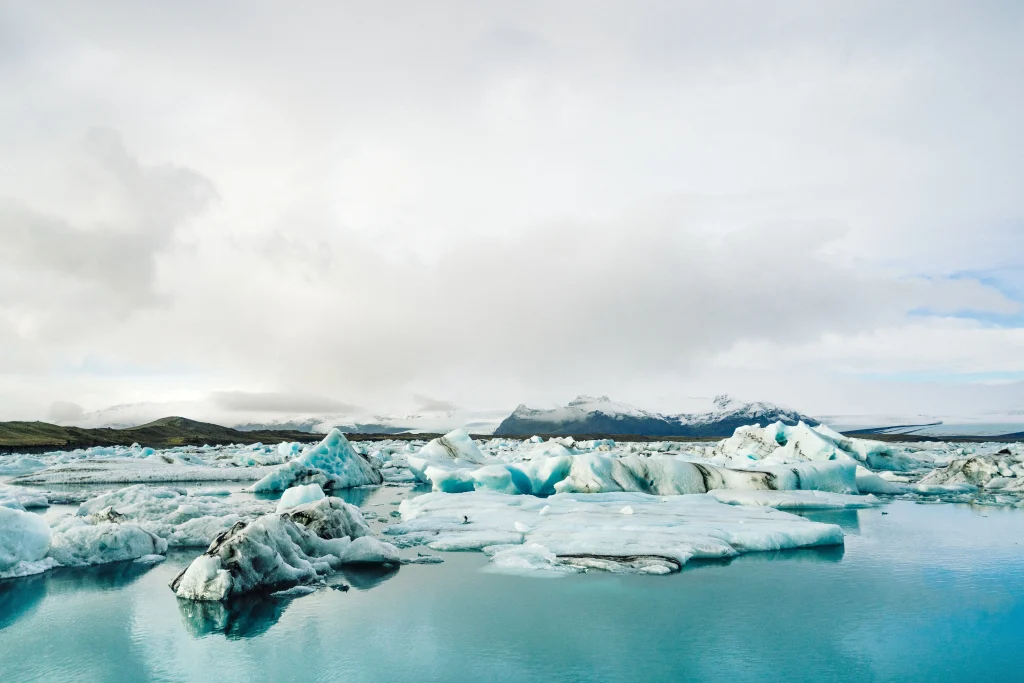
Vatnajökull National Park is a wilderness region in southern Iceland that is focused on the Vatnajökull glacier. It is one of the world’s largest protected wilderness areas.
The region is characterized by large glaciers, ice caves, snowy mountain peaks, active geothermal zones, and rivers. It is home to Jökulsárlón, a glacial lagoon filled with icebergs, as well as the Svartifoss and Dettifoss waterfalls, among other attractions.
It is Skaftafell that serves as the park’s entrance, housing a visitor center, campsite, and hiking routes.
South Carolina
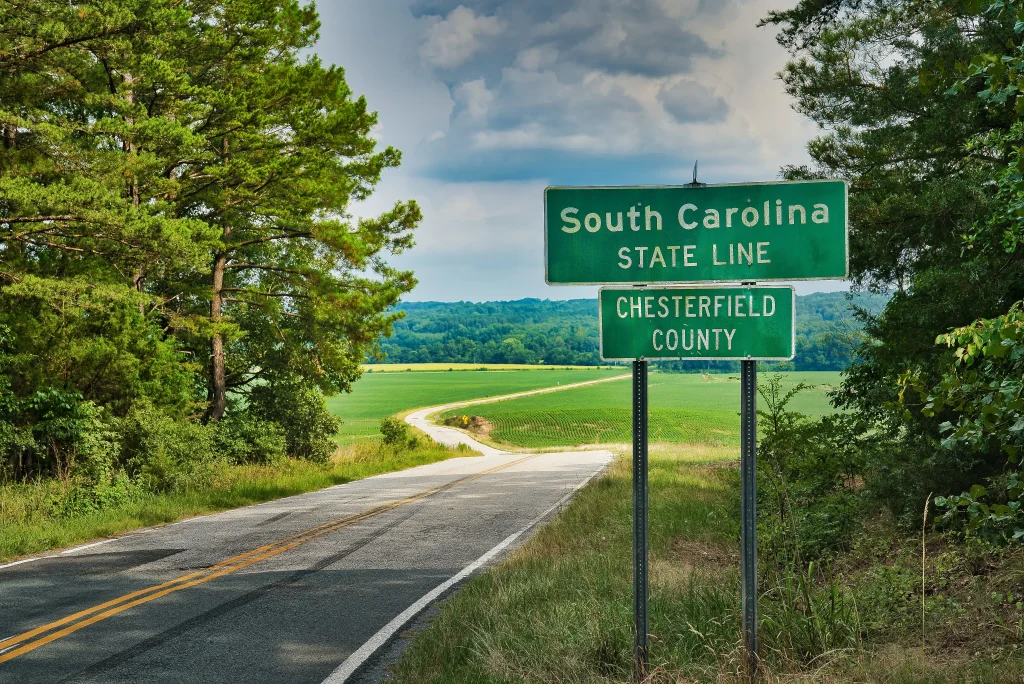
South Carolina is a state in the southern United States that is recognized for its subtropical beaches and marshlike sea islands along its coastline. Coastal Charleston is a historic city distinguished for its pastel-colored buildings, Old South plantations, and Fort Sumter, the site of the Civil War’s first guns fired in the United States.
The Grand Strand, an approximately 60-mile length of shoreline noted for golf courses and the holiday resort of Myrtle Beach, is located to the north of the city.
Wadi Rum
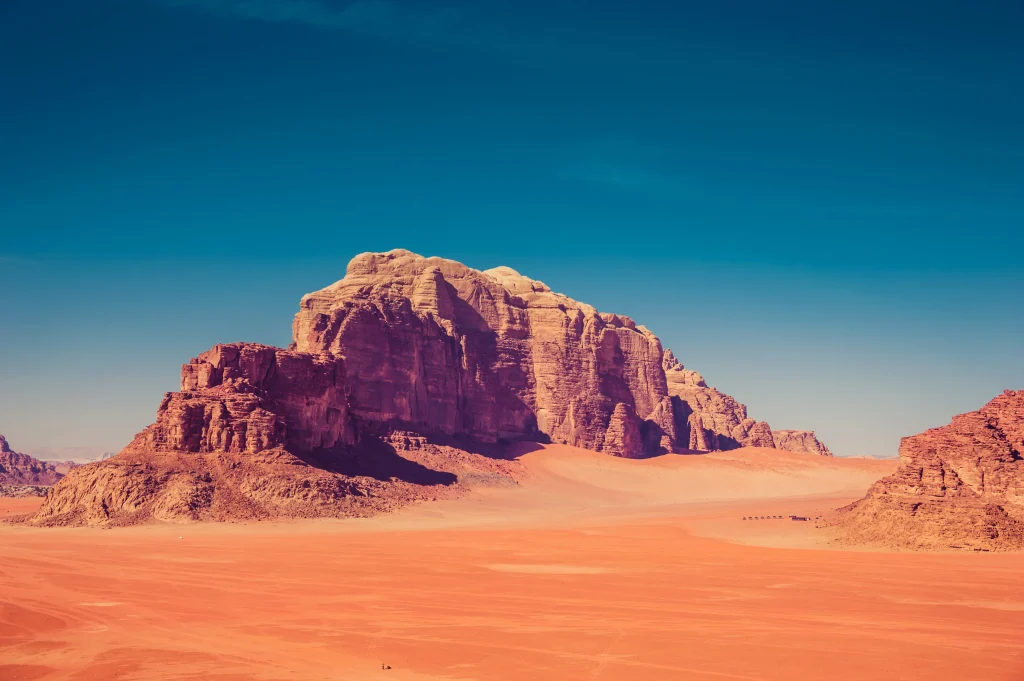
Wadi Rum is a protected desert wilderness in southern Jordan. It features dramatic sandstone mountains like the many-domed Jebel Um Ishrin, and natural arches such as Burdah Rock Bridge. Many prehistoric inscriptions and carvings line rocky caverns and steep chasms, such as Khazali Canyon.
The natural watering hole of Lawrence’s Spring is named after British soldier Lawrence of Arabia, who allegedly washed there.
Seychelles
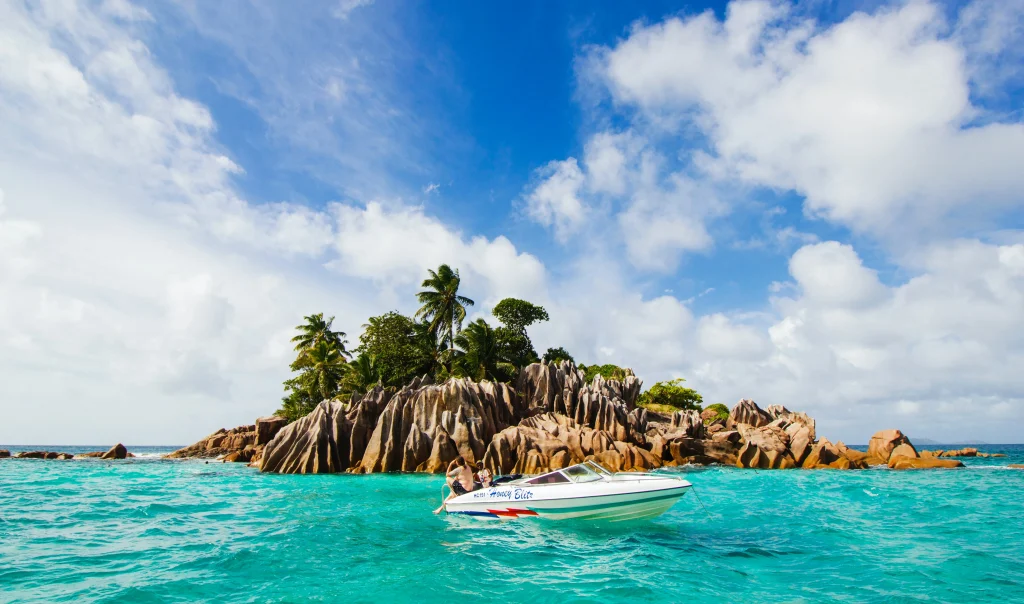
There are 115 islands in the Seychelles archipelago, which is located in the Indian Ocean off the coast of East Africa. It is home to various beaches, coral reefs, and nature preserves, as well as unusual wildlife such as huge Aldabra tortoises, which are found nowhere else on the planet.
The capital of Mahé is Victoria, and the island serves as a jumping off point for visitors to the neighboring islands. It also includes beaches, such as Beau Vallon and Anse Takamaka, as well as the mountain rainforests of Morne Seychellois National Park and the Morne Seychellois National Park. Certianly one of the more unique places and a ton of outdoor activities to do.
Joshua Tree National Park

Joshua Tree National Park is a huge protected region in southern California that is home to the Joshua Tree. Rugged rock formations and harsh desert landscapes distinguish it from the rest of the world. Because of the region’s twisted, bristling Joshua trees, the park is named after them.
The park is located between the cactus-dotted Colorado Desert and the higher and cooler Mojave Desert. Keys View offers a panoramic view of the Coachella Valley. A network of hiking routes winds its way through the rocks of Hidden Valley.
Santorini

Santorini is island located in the Aegean Sea in Greece, and it is part of the Cyclades group.
It was completely destroyed by a volcanic explosion in the 16th century BC, which permanently altered the harsh topography. Whitewashed cubiform buildings on the island’s two largest towns, Fira and Oia, cling to cliffs above an undersea caldera, giving the island its name (crater).
They have views of the sea, tiny islands to the west, and lava pebble beaches in various shades of black, red, and white.
Isle of Skye, Scotland
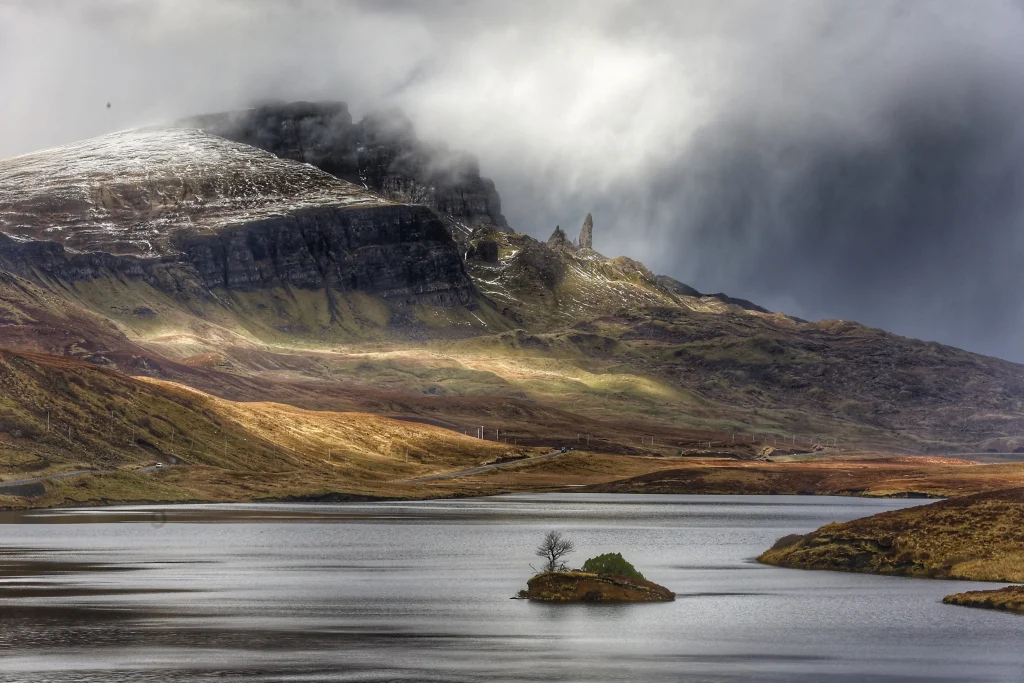
The Isle of Skye has made several appearances in songs, tales, novels, and poetry throughout history.
The picturesque setting served as the setting for the epic poem “The Lord of the Isles” written by novelist and poet Walter Scott, and Sir Harold Boulton’s romantic ballad “The Skye Boat Song” tells the story of Bonnie Prince Charlie’s flight from the Scottish mainland to Skye after his defeat at the Battle of Culloden, which took place in 1746.
However, other sources, such as the Gazetteer of Scotland, suggest that the name Skye derives from the ancient Norse term “sky-a,” which literally translates as “cloud island.” This is most likely in reference to the fog that often envelops the island during the winter months.
Huashan, China
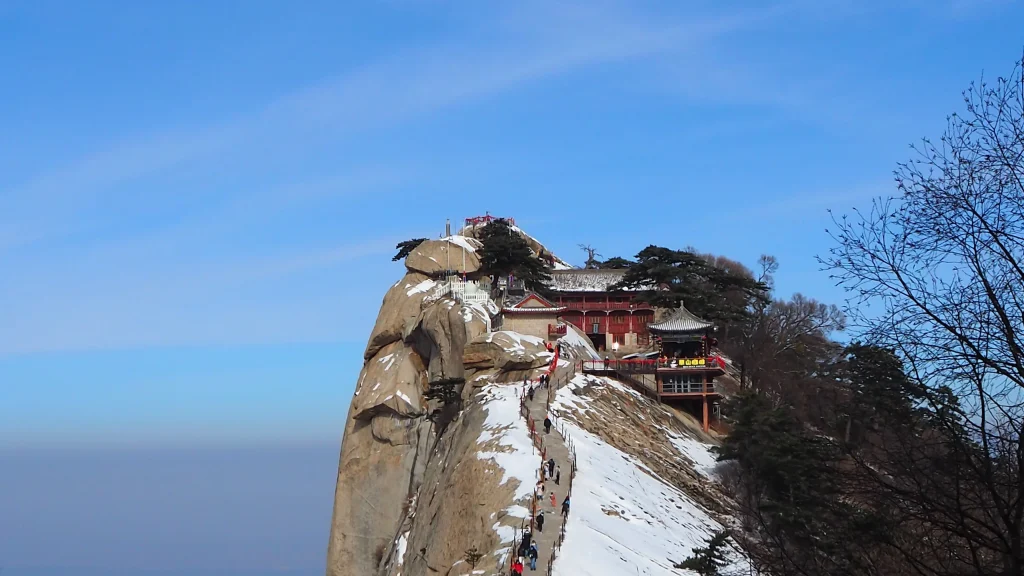
Shan means “mountain” in Mandarin, while hua means “exquisite” or “magnificent” in the same language. In China’s Shaanxi province, some 74 miles (120 kilometers) east of Xi’an, the tall mountain known as Huashan, which is situated near the city of Huayin, lives up to its name.
It is comprised of five distinct summits, the highest of which, South Peak, rises to a height of 7,070 feet (2,155 m). According to the United Nations Educational, Scientific, and Cultural Organization, the mountain is mostly constructed of Mesozoic-era granite upthrust, which formed as a consequence of geologic faulting over millions of years.
The steep rock cliffs that define the peak and tumble abruptly into the valley below were formed as a result of this. The flora in the immediate vicinity is diverse and abundant. The understory is characterized by mosses, lichens, and shrubs, while the overstory is characterized by various types of pine that cling dangerously to steep rock walls and precipitous cliffs.
The mountain has been revered for generations by Taoists, who are adherents of the ancient Chinese religion of Taoism. It is regarded to be one of China’s most holy mountains. Several Taoist temples dot the mountain’s slopes and summits, and the area is a popular tourist destination. The Shrine of the Western Peak, which was built in the second century B.C., is the oldest temple in the area.
Prague, Czech Republic
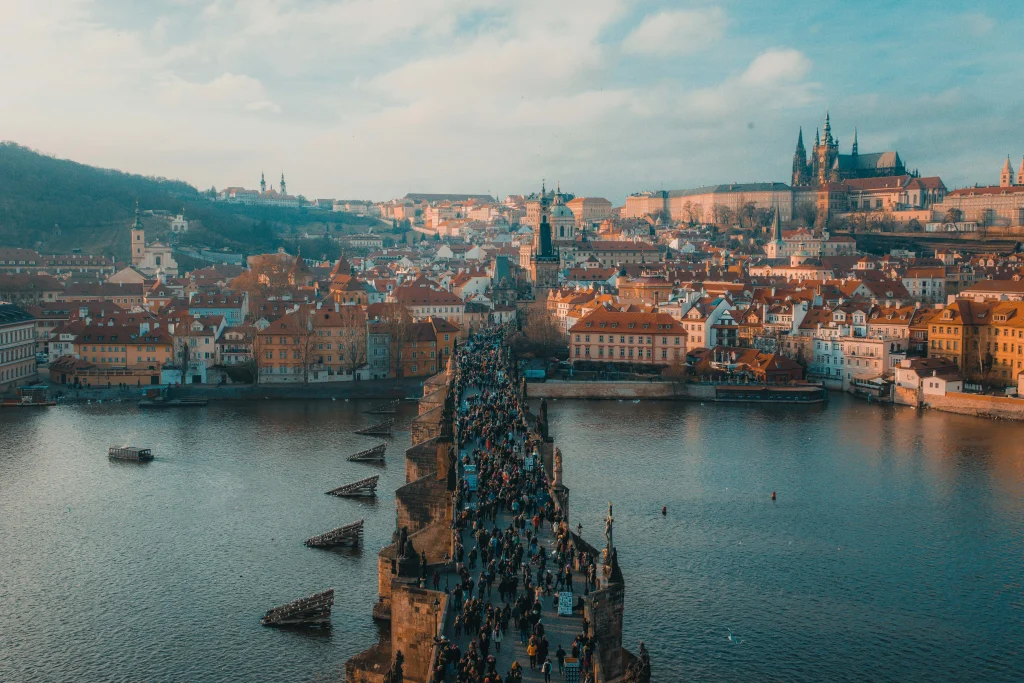
Prague, the Czech Republic’s capital, is known as the “City of a Hundred Spires,” a moniker that refers to the city’s iconic castles, cathedrals, Gothic and Baroque buildings, as well as medieval squares and bridges, all of which can be found there. It has a population of 1.3 million people.
The territory around Prague is known as Bohemia, and it has been inhabited for many millennia, first by Paleolithic peoples and then by the Celts, who arrived considerably later.
According to the Encyclopedia Britannica, Prague did not gain the fundamentals of a city until the ninth century A.D., when the city was founded. When it came to the medieval era, the city developed in both size and breadth, as well as in reputation, eventually becoming a significant center of political and cultural influence by the 14th century.
The Holy Roman emperor Charles IV established Charles University in Prague in 1348, making it the first institution of higher learning in central Europe. As well as being a key player throughout the Reformation (a time of strong theological turmoil that gave birth to Protestantism) in the late Middle Ages and into the Renaissance, Prague was a prominent player during the Renaissance.
Under the influence of Catholic Church opponents such as Jan Hus, Prague became into a hotbed of anti-Roman Catholicism throughout the Renaissance.
Lake Como, Italy
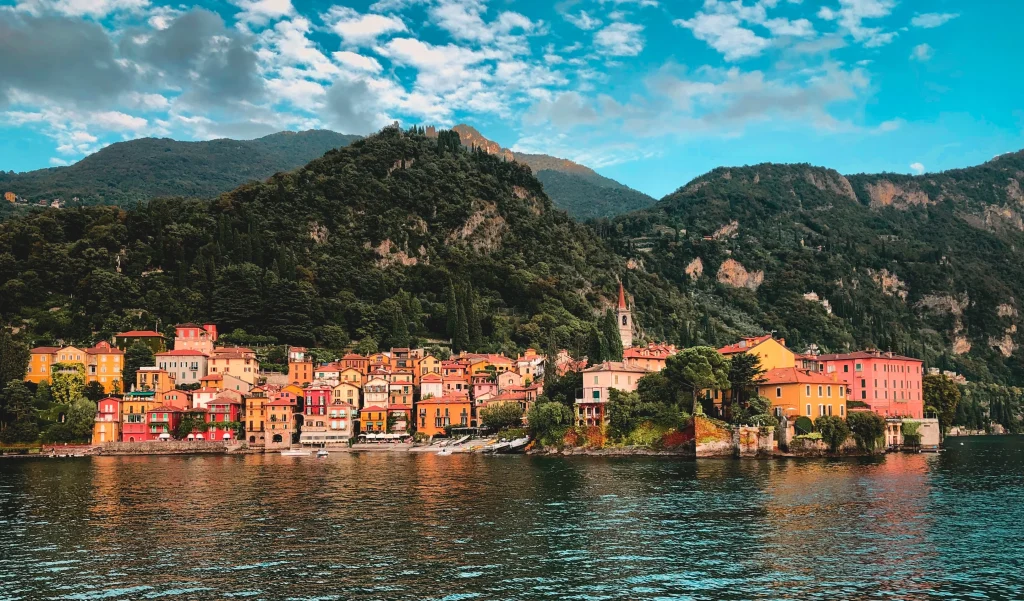
Ever since the time of the Roman emperors, Lake Como has been one of the most popular holiday destinations in Italy.
Despite its unapologetically high-rolling reputation, this resort region continues to draw a rich population with its lush gardens, Bond-worthy mansions and villas, and sun-drenched alpine beaches. Take the funicular up to the little settlement of Brunate for a wonderful view of the surrounding mountains. Certainly, a great place for anyone to visit and enjoy.
Check out some interesting facts about Travelling
Read more articles in the Lifestyle Category
